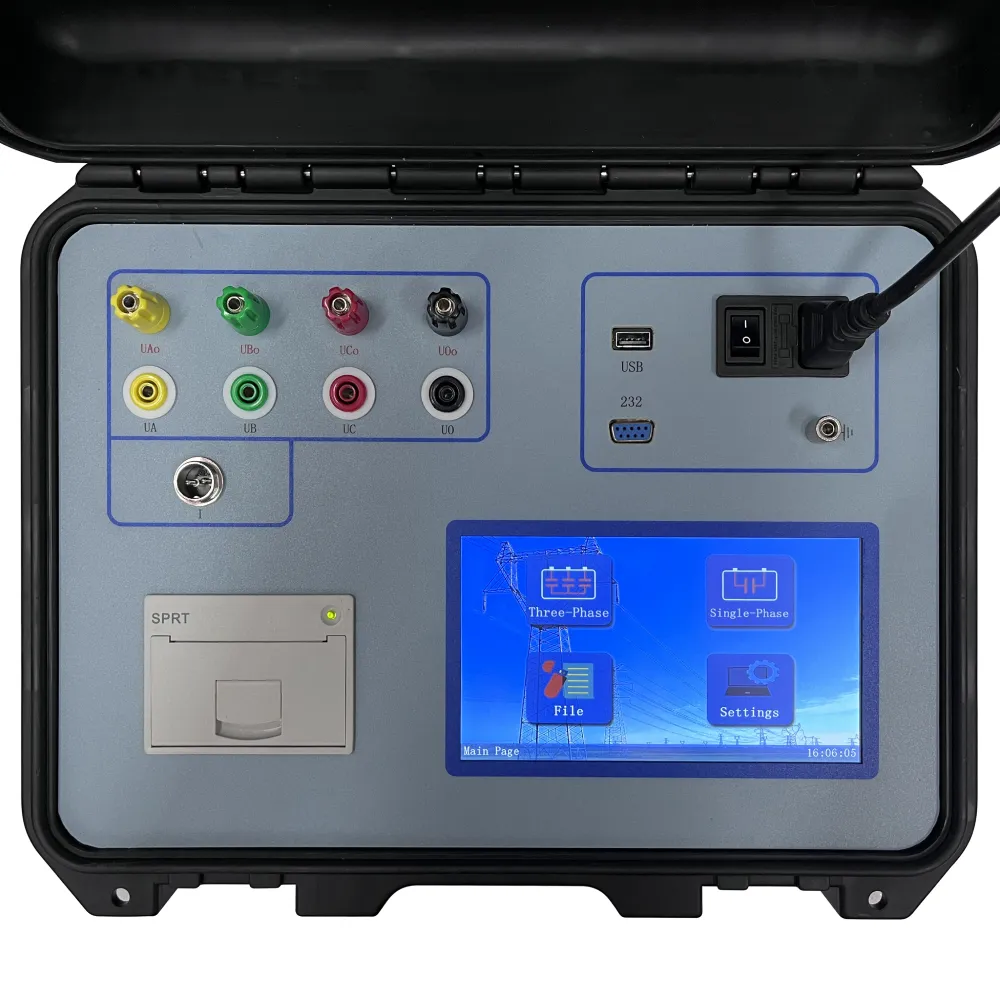 English
English



-
 Afrikaans
Afrikaans -
 Albanian
Albanian -
 Amharic
Amharic -
 Arabic
Arabic -
 Armenian
Armenian -
 Azerbaijani
Azerbaijani -
 Basque
Basque -
 Belarusian
Belarusian -
 Bengali
Bengali -
 Bosnian
Bosnian -
 Bulgarian
Bulgarian -
 Catalan
Catalan -
 Cebuano
Cebuano -
 China
China -
 China (Taiwan)
China (Taiwan) -
 Corsican
Corsican -
 Croatian
Croatian -
 Czech
Czech -
 Danish
Danish -
 Dutch
Dutch -
 English
English -
 Esperanto
Esperanto -
 Estonian
Estonian -
 Finnish
Finnish -
 French
French -
 Frisian
Frisian -
 Galician
Galician -
 Georgian
Georgian -
 German
German -
 Greek
Greek -
 Gujarati
Gujarati -
 Haitian Creole
Haitian Creole -
 hausa
hausa -
 hawaiian
hawaiian -
 Hebrew
Hebrew -
 Hindi
Hindi -
 Miao
Miao -
 Hungarian
Hungarian -
 Icelandic
Icelandic -
 igbo
igbo -
 Indonesian
Indonesian -
 irish
irish -
 Italian
Italian -
 Japanese
Japanese -
 Javanese
Javanese -
 Kannada
Kannada -
 kazakh
kazakh -
 Khmer
Khmer -
 Rwandese
Rwandese -
 Korean
Korean -
 Kurdish
Kurdish -
 Kyrgyz
Kyrgyz -
 Lao
Lao -
 Latin
Latin -
 Latvian
Latvian -
 Lithuanian
Lithuanian -
 Luxembourgish
Luxembourgish -
 Macedonian
Macedonian -
 Malgashi
Malgashi -
 Malay
Malay -
 Malayalam
Malayalam -
 Maltese
Maltese -
 Maori
Maori -
 Marathi
Marathi -
 Mongolian
Mongolian -
 Myanmar
Myanmar -
 Nepali
Nepali -
 Norwegian
Norwegian -
 Norwegian
Norwegian -
 Occitan
Occitan -
 Pashto
Pashto -
 Persian
Persian -
 Polish
Polish -
 Portuguese
Portuguese -
 Punjabi
Punjabi -
 Romanian
Romanian -
 Russian
Russian -
 Samoan
Samoan -
 Scottish Gaelic
Scottish Gaelic -
 Serbian
Serbian -
 Sesotho
Sesotho -
 Shona
Shona -
 Sindhi
Sindhi -
 Sinhala
Sinhala -
 Slovak
Slovak -
 Slovenian
Slovenian -
 Somali
Somali -
 Spanish
Spanish -
 Sundanese
Sundanese -
 Swahili
Swahili -
 Swedish
Swedish -
 Tagalog
Tagalog -
 Tajik
Tajik -
 Tamil
Tamil -
 Tatar
Tatar -
 Telugu
Telugu -
 Thai
Thai -
 Turkish
Turkish -
 Turkmen
Turkmen -
 Ukrainian
Ukrainian -
 Urdu
Urdu -
 Uighur
Uighur -
 Uzbek
Uzbek -
 Vietnamese
Vietnamese -
 Welsh
Welsh -
 Bantu
Bantu -
 Yiddish
Yiddish -
 Yoruba
Yoruba -
 Zulu
Zulu
differential stability test of transformer
Differential Stability Test of Transformers
Transformers are critical components in electrical power systems, as they facilitate the transmission and distribution of electrical energy while maintaining voltage levels. Among various tests conducted to ensure their reliability and performance, the differential stability test stands out as an essential analysis tool. This test gauges the transformer's ability to maintain its operational integrity under various load conditions and fault scenarios, particularly during short-circuit events.
Understanding Differential Stability
At its core, differential stability in transformers refers to the capability of the transformer to effectively isolate and manage internal faults, particularly short circuits. When a fault occurs, the currents within the transformer’s windings can become unbalanced, leading to a potentially dangerous situation. The differential stability test helps determine how well a transformer can discriminate between normal operational conditions and fault conditions, thereby preventing damage and ensuring safety.
Testing Procedure
The differential stability test typically involves injecting a controlled level of fault currents while monitoring the transformer's response. The main goal is to ascertain whether the transformer can sustain its operational safety margins without tripping unnecessarily during transient conditions.
1. Preparation Before the test, preparatory steps include ensuring the transformer is properly set up, reviewing protection schemes, and confirming the functionality of all associated measurement equipment.
2. Load Adjustment Various load conditions are simulated to observe how the transformer behaves under different operational scenarios. The test usually starts at a no-load condition, gradually increasing to full load.
3. Fault Simulation Short-circuit conditions are induced by careful adjustment of external circuits. The test monitors the resultant currents, voltages, and in some cases, the thermal response of the transformer.
4. Data Collection Throughout the test, data is meticulously collected for analysis. This data includes the differential currents and the time taken for the transformer to react to fault conditions.
differential stability test of transformer

5. Analysis Post-test analysis involves comparing the measured data against predetermined stability criteria. Parameters such as differential current thresholds and operating time are evaluated to determine compliance with specifications.
Importance of the Test
The differential stability test is crucial for numerous reasons
- Safety Ensuring that transformers can manage faults safely minimizes the risk of catastrophic failures, which can lead to outages and extensive equipment damage.
- Preventive Maintenance Regular testing and monitoring can help identify potential issues before they escalate, allowing for timely maintenance interventions.
- Reliability A stable and reliable transformer ensures consistent power supply to consumers, enhancing the overall efficiency of the electrical grid.
- Regulatory Compliance Many regulatory bodies require transformers to pass certain stability tests to guarantee safety standards and operational reliability.
Conclusion
In conclusion, the differential stability test of transformers is a vital procedure that plays a significant role in maintaining the safety and reliability of electrical power systems. By accurately determining how transformers respond to fault conditions, this test helps in the proactive management of the infrastructure. As electricity demand continues to grow and power systems evolve, the importance of such testing will only increase. Ensuring that transformers are robust and dependable through rigorous testing protocols not only safeguards the equipment but also secures the integrity of the power supply for consumers worldwide. As technology advances, incorporating improved testing methodologies will further enhance the reliability and performance of transformers in the increasingly complex power networks of the future.
-
Exploring the Main Types of Industrial Endoscopes and Their Applications Across IndustriesNewsJul.04,2025
-
Testing Equipment Industry Sees Major Advancements in 2025: Smart & Precision Technologies Lead the WayNewsJun.06,2025
-
Applications of Direct Current Generators in Renewable Energy SystemsNewsJun.05,2025
-
Hipot Tester Calibration and Accuracy GuidelinesNewsJun.05,2025
-
Digital Circuit Breaker Analyzer Features and BenefitsNewsJun.05,2025
-
Benefits of Real-Time Power Quality Monitoring Devices for Industrial EfficiencyNewsJun.05,2025



